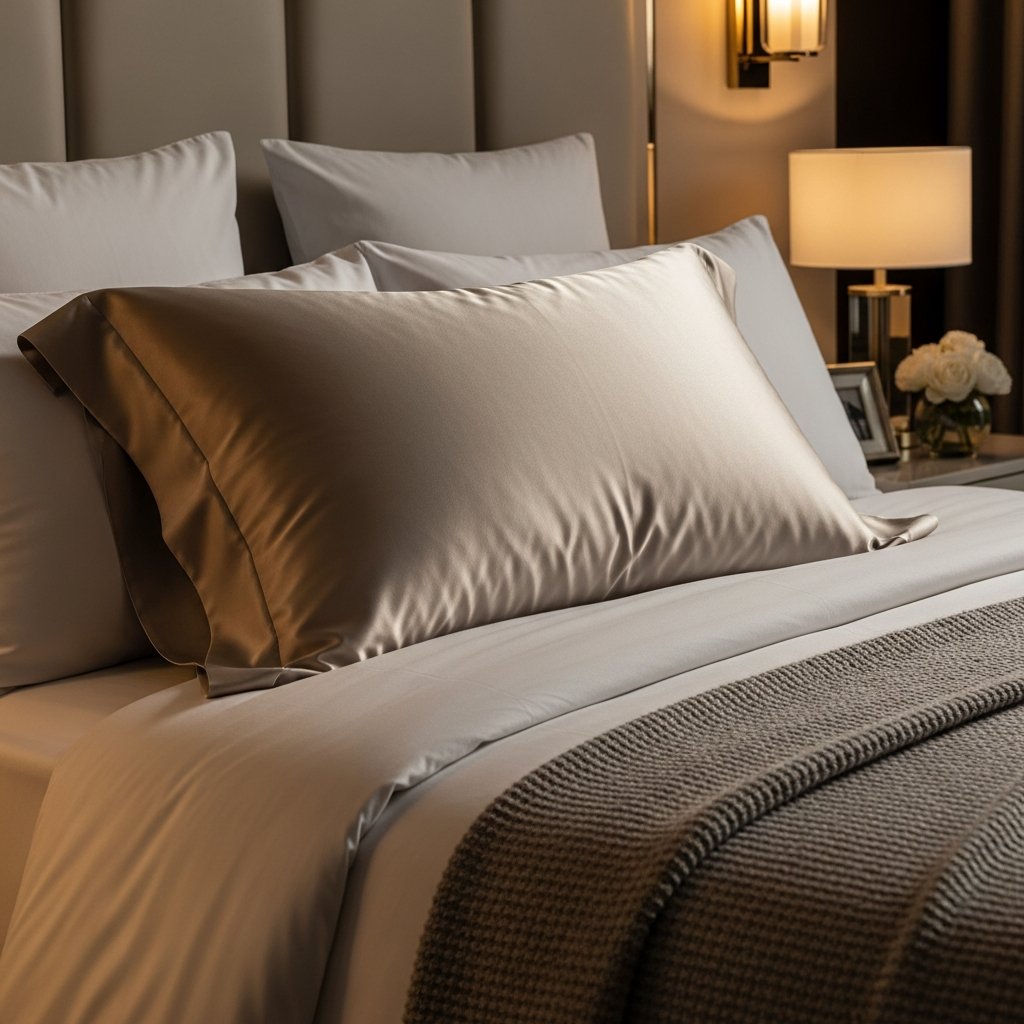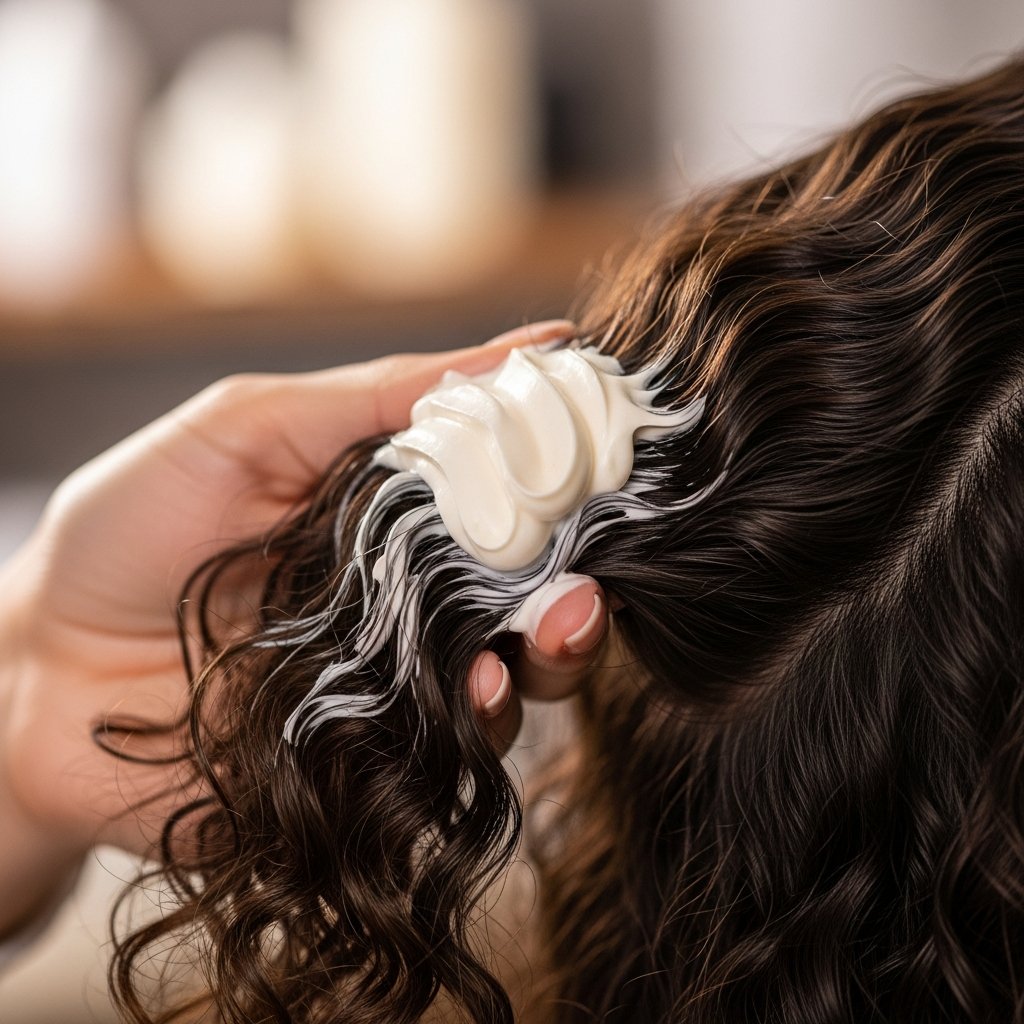The Silent Struggle: Understanding Hair Breakage vs. Shedding
It is a sound every person dreads: the subtle snap of a hair strand while brushing, or the sight of short, fractured hairs covering the bathroom sink. Hair breakage is one of the most common complaints heard in professional salons worldwide, yet it remains one of the most misunderstood. Before diving into the solutions, it is vital to distinguish breakage from shedding.
Shedding is a natural part of the hair growth cycle. On average, a healthy individual sheds between 50 to 100 hairs a day. These hairs fall from the root, usually with a tiny white bulb attached at the end. Breakage, however, is a fracture of the hair shaft itself. It results in shorter pieces of hair, often with split or frayed ends, and does not involve the root. While shedding is hormonal and cyclical, breakage is almost exclusively mechanical, chemical, or environmental—meaning it is preventable.
Trichologists—specialists in the science of the hair and scalp—emphasize that stopping breakage requires a holistic approach. It is not just about one miracle product; it is about altering the mechanical way hair is handled, the chemical environment it is subjected to, and the nutritional support the body receives. When hair lacks elasticity (the ability to stretch and return to shape) and tensile strength, it snaps. The following guide compiles fifteen proven, science-backed strategies to restore integrity to the hair fiber and stop breakage in its tracks.
The Science of the Snap: Why Hair Breaks
To effectively treat breakage, one must understand the anatomy of a hair strand. The hair shaft consists of three main layers: the medulla (innermost), the cortex (middle), and the cuticle (outermost). The cortex provides strength, color, and texture, while the cuticle acts as a protective shield of overlapping scales, similar to roof shingles. When the cuticle is damaged—lifted, chipped, or stripped away—the delicate cortex is exposed.
Once the cortex is exposed, the hair loses its ability to retain moisture. Without moisture, the keratin proteins that make up the hair harden and become brittle. Trichologists often compare damaged hair to dry spaghetti: it snaps under the slightest pressure. Healthy hair, conversely, is like cooked spaghetti; it is pliable, elastic, and strong. Factors contributing to this degradation include excessive heat styling, harsh chemical treatments, UV exposure, and physical friction.
Furthermore, the pH balance of the hair plays a critical role. The natural pH of hair is slightly acidic (around 4.5 to 5.5). Many commercial products or chemical treatments are alkaline, which causes the cuticle to swell and lift. Restoring the hair's pH balance is often the first step in sealing the cuticle and preventing further structural failure.
15 Proven Tips to Stop Hair Breakage
1. Master the Art of Detangling
Aggressive brushing is the number one cause of mechanical breakage. Trichologists recommend never brushing hair when it is soaking wet unless utilizing a specialized wet brush or wide-tooth comb with plenty of slip (conditioner). Wet hair is in its most fragile state; the hydrogen bonds are temporarily broken, allowing the hair to stretch significantly. If stretched too far by a brush, it snaps. Always start detangling from the ends and slowly work up toward the roots.
2. Switch to Microfiber Towels
Standard cotton bath towels are detrimental to hair health. The coarse loops of cotton fabric create excessive friction against the hair cuticle, roughening the surface and causing frizz and snaps. Instead, gently squeeze—never rub—excess water out of the hair using a microfiber towel or an old soft cotton t-shirt. This method, often called "plopping" in the curly hair community, drastically reduces friction-induced breakage.
3. The Silk or Satin Pillowcase Solution
Cotton pillowcases absorb moisture from the hair and skin, leaving strands dry and brittle by morning. Additionally, the weave of cotton creates drag as the head moves during sleep. Silk or satin pillowcases provide a frictionless surface, allowing hair to glide smoothly. This simple switch prevents the "bed head" tangles that lead to morning breakage.
4. Implement the "Cool Down" Rule with Heat Tools
Heat styling boils the moisture within the hair shaft, causing steam bubbles that can rupture the hair structure (a condition known as "bubble hair"). It is imperative to turn down the temperature. Most hair types do not need heat above 350°F (180°C). Furthermore, never apply heat to damp hair unless using a tool specifically designed for it. The sizzle sound is actually the hair cuticle cracking.
5. Prioritize Protein-Moisture Balance
Hair needs both protein (for structure) and moisture (for elasticity). Too much moisture makes hair mushy and weak (hygral fatigue), while too much protein makes it hard and brittle. A professional stylist can assess the hair's porosity and recommend a regimen that balances hydration with keratin-based reconstructors.
6. Use a Thermal Protectant Religiously
Think of heat protectant as sunscreen for hair. These products contain silicones and polymers that coat the hair shaft, distributing heat more evenly and slowing down heat conduction. Applying a high-quality thermal protectant before blow-drying or ironing is non-negotiable for preventing thermal damage.
7. Reassess Chemical Processing Intervals
Overlapping chemical services—such as relaxing previously relaxed hair or bleaching already lightened ends—is a guaranteed recipe for breakage. Trichologists advise stretching the time between appointments and ensuring that chemical treatments are applied strictly to new growth by a professional. If hair is already compromising, consider a period of "chemical abstinence."
8. Weekly Deep Conditioning Treatments
Regular conditioners work on the surface, but deep conditioners and hair masks are formulated with smaller molecules to penetrate the cuticle and nourish the cortex. Incorporating a deep conditioning session once a week, ideally with gentle heat (like a warm towel or shower cap) to open the cuticle, can restore elasticity to dry, brittle strands.
9. Protect Hair from Hard Water
Hard water contains high levels of minerals like calcium and magnesium, which deposit onto the hair shaft, creating a scaly buildup that blocks moisture absorption. This leads to a texture often described as "straw-like." Installing a showerhead filter is a cost-effective way to remove these minerals and immediately improve hair softness.
10. The "Dusting" Trim Technique
It seems counterintuitive to cut hair when trying to grow it, but split ends act like a run in a stocking—they travel up the hair shaft, causing breakage higher up. Regular "dusting" trims (removing only 1/8th of an inch) every 8 to 10 weeks keep the ends sealed and prevent long-term length loss.
11. Opt for Low-Tension Hairstyles
Traction alopecia and breakage along the hairline are caused by tight ponytails, braids, and buns. The constant tension weakens the follicles and snaps the hair. Alternate hairstyles frequently and use hair-friendly ties, such as spiral cords or silk scrunchies, rather than elastic bands with metal clasps.
12. Internal Hydration and Nutrition
Hair is the last tissue to receive nutrients from the body; vital organs get priority. Therefore, deficiencies show up in the hair first. A diet rich in Omega-3 fatty acids, heavy metals like Iron and Zinc, and Vitamins A, C, and E is crucial. Drinking adequate water is also essential for hydrating the hair shaft from the inside out.
13. Pre-Shampoo Treatments (Pre-Poo)
Applying an oil or conditioner to dry hair before shampooing can protect the strands from the stripping effects of surfactants. Oils like coconut, argan, or jojoba create a buffer, preventing the shampoo from removing too much natural sebum, which keeps the hair flexible.
14. Avoid UV Damage
Just like skin, hair protein degrades under UV radiation. Prolonged sun exposure breaks down the amino acids in the hair, leading to discoloration and weakness. Wearing a hat or using hair products containing UV filters during summer months or vacations is a critical preventative measure.
15. Professional Bond-Building Treatments
Modern hair science has introduced bond-building technology that repairs the disulfide bonds within the hair structure. Unlike conditioners that mask damage, these professional-grade treatments (available in salons) permanently repair broken links within the hair shaft, offering a clean slate for damaged hair.
When to See a Professional Trichologist
While the tips above resolve most mechanical and environmental breakage, persistent issues may signal an underlying health condition. Thyroid imbalances, hormonal shifts (such as postpartum or menopause), and certain autoimmune conditions can cause hair to become brittle and break.
If a consistent care routine yields no results after three to six months, or if breakage is accompanied by scalp irritation, bald patches, or thinning eyebrows, it is time to consult a certified trichologist. These experts can perform microscopic hair analysis and order blood work to pinpoint internal causes that topical products cannot fix.
Frequently Asked Questions (FAQ)
Q: Can split ends actually be repaired?
A: No, split ends cannot be permanently fused back together. Serums and oils can temporarily glue them down for a smoother appearance, but the only permanent cure is to trim them off to prevent the split from traveling up the hair shaft.
Q: How often should I wash my hair to prevent breakage?
A: This depends on hair texture. Fine hair may need washing every other day, while coarse or curly hair may prefer once a week. Over-washing strips natural oils, while under-washing can lead to scalp buildup. Aim for a schedule that keeps the scalp clean without drying out the ends.
Q: Is coconut oil good for preventing breakage?
A: For many hair types, yes. Coconut oil is one of the few oils capable of penetrating the hair shaft to prevent protein loss. However, for low-porosity or coarse hair, it may cause brittleness. It is best used as a pre-shampoo treatment rather than a leave-in styling product.
Q: Does coloring hair always cause breakage?
A: Not necessarily. While chemical processing does alter the hair structure, breakage occurs when the process is done aggressively or on compromised hair. Using bond builders during the color service and following up with proper home care can maintain hair integrity.
Q: Why is my hair breaking only at the crown?
A: Breakage at the crown is often environmental or mechanical. It is the area most exposed to the sun, most touched by hot water in the shower, and often the point of tension for ponytails. It may also be caused by friction from sleeping.
Conclusion: The Path to Resilient Hair
Stopping hair breakage is rarely about a single fix; it is a lifestyle adjustment. It involves treating hair like a fine fabric—handling it with care, washing it gently, and protecting it from harsh elements. By integrating these fifteen trichologist-approved tips into a daily routine, the transformation from brittle and snapping to strong and resilient is entirely achievable. Patience is key; hair grows approximately half an inch per month, so the results of better habits will compound over time, revealing a healthier, shinier, and longer mane.















